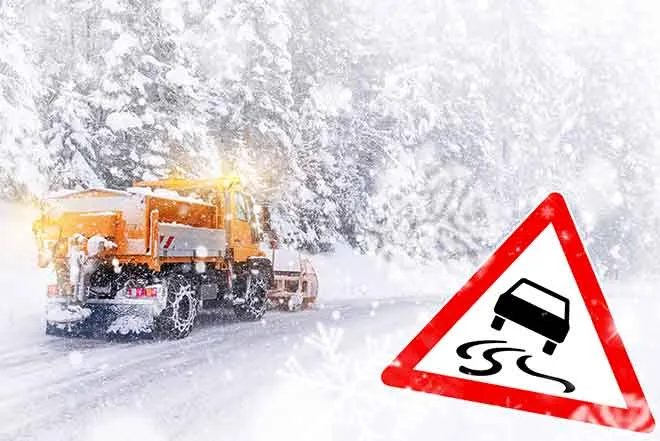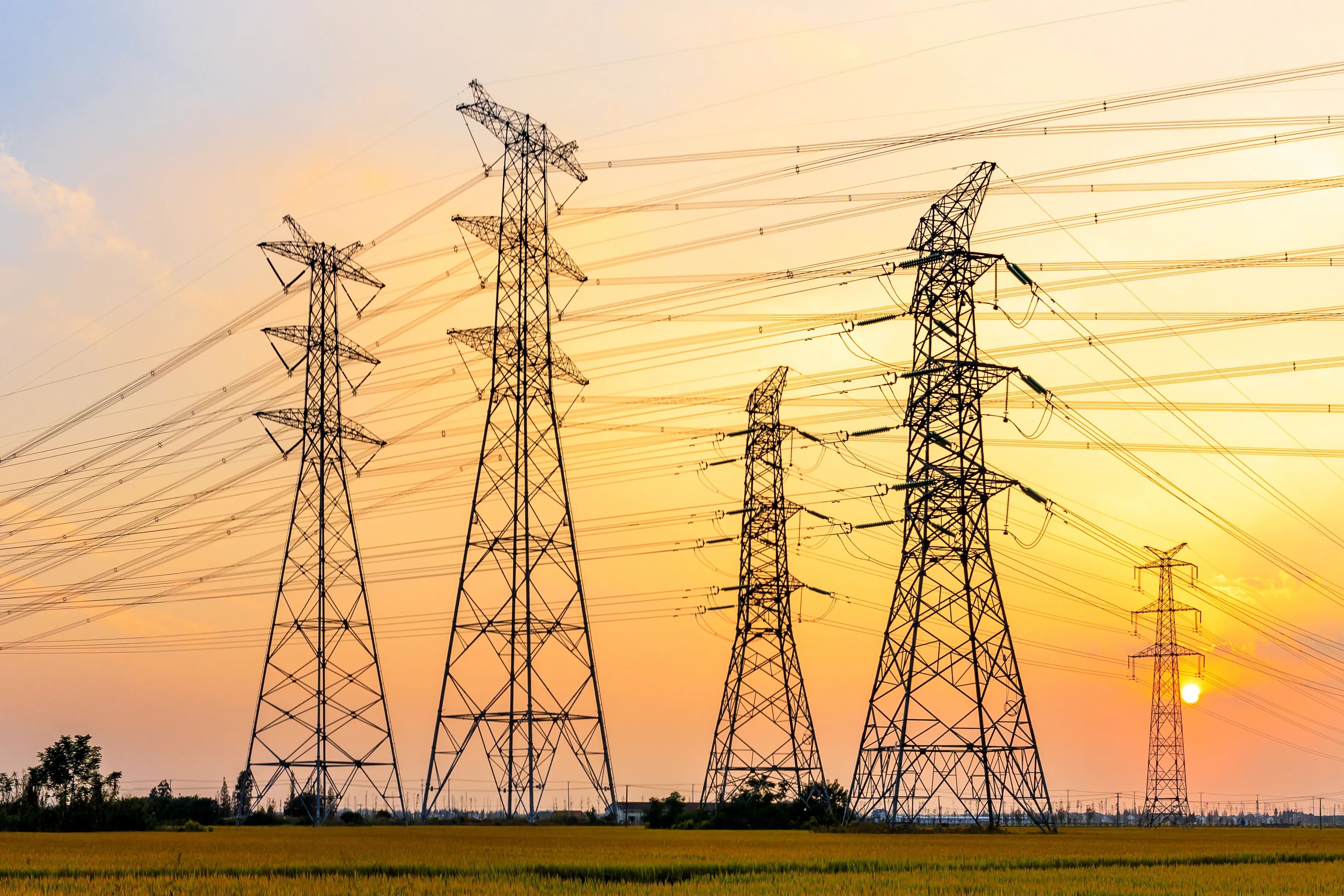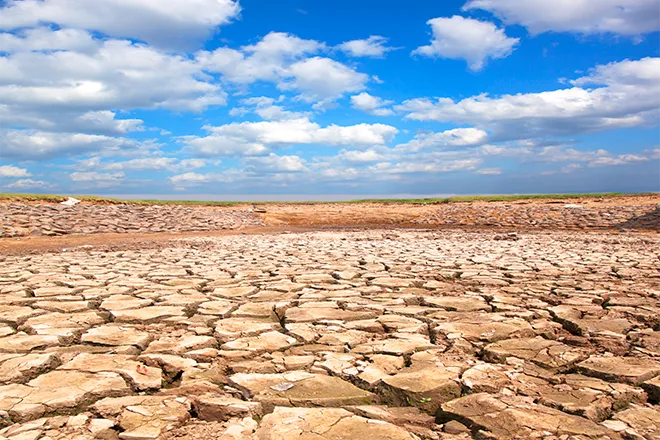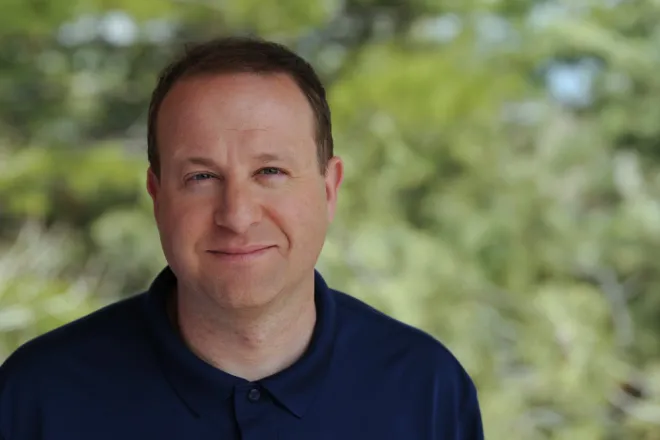
Commentary Will nuclear formally be put on the table?
State Senator Larry Liston, a Republican from El Paso County, has carried a lonely torch during the last two legislative sessions. His bills that proposed to classify nuclear energy as “clean” in Colorado went exactly nowhere.
This year’s nuclear bill has a different look. It has four prime sponsors, two of them Democrats. And it comes after warnings about rapidly escalating electrical demand for data centers.
House Bill 25-1040 will get its first committee hearing on Thursday afternoon. It would allow nuclear energy to count toward Colorado’s clean energy goals of net-zero emissions by 2050.
Unlike Liston’s previous bills, it might even get approved. All five Republicans in the House Energy and Environment Committee will likely support it. The committee chair, Alex Valdez, a Democrat and former solar developer, helped write the bill.
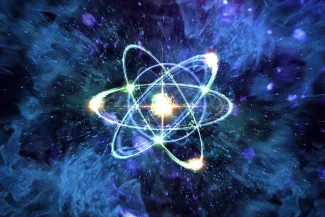
In public testimony, the other seven Democrats will likely be reminded that we have no long-term solution for safeguarding radioactive waste. They will likely hear that nuclear plants remain extremely expensive. Georgia’s Vogtle nuclear plant was originally projected to cost $14 billion. It was completed in 2023 at a cost of $36 billion. Other nuclear projects have had similar cost overruns.
Some Coloradans also remember St. Vrain, the problem-plagued nuclear power plant south of Greeley. It operated from 1976 to 1989. Customers of Public Service Co. of Colorado, now a subsidiary of Xcel Energy, paid $1 a month from 1993 until 2016 to cover the $125 million cost of decommissioning the nuclear plant.
Legislators likely are hearing from Xcel’s lobbyists. It has two nuclear plants in Minnesota. The utility announced in October that it has models showing nuclear delivering 1,000 megawatts of electrical generating capacity within Colorado by 2035-37. That compares with the 750 megawatts of Comanche 3, the coal-fired power plant in Pueblo that Xcel plans to retire before 2031.
A Pueblo task force created by Xcel and some local leaders in early 2024 reported that a nuclear power plant was the best replacement for the jobs and property taxes lost in the transition from coal. Craig, in northwest Colorado, has similarly been hunting for answers to replace jobs and tax base after the last coal plant closes in 2028.
Cheerleaders for nuclear usually ignore the costs. All of the technologies that will get us beyond 85 percent to 90 percent renewables have the same problem. Their gambles are smaller, though. In Wyoming, Bill Gates has invested in a first-of-kind small modular liquid-metal fast reactor. If successful, these smaller modular reactors would lower the financial risks. The downside? Presumably, the tax base for Pueblo would potentially be far less.
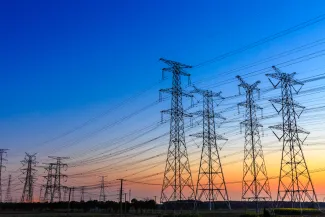
© zhaojiankang - iStock-802436842
Liston, a retired investment banker, told me he hopes for nuclear costs mirroring the declined cost of computing. That has a certain irony. The explosive growth of data centers being predicted provides a key argument for taking nuclear seriously. Xcel has told state regulators it projects need 1,923 megawatts of new generation — equivalent ot several coal-fired plants — for large customers by 2031, with 70 percent of that coming from data centers.
How real will this demand be? And who bears the risks of investment in new and still expensive technologies?
I caught up with Dylan Roberts at a water conference. If adopted, the bill will “allow nuclear to be part of the conversation about Colorado’s energy future,” he said. “It doesn’t obligate the state financially in any way. It doesn’t move anything forward as far as permitting or regulations. It would just say that if we get to a point where it becomes financially viable and a private entity – along with local governments — buy in and they decide they want to pursue this, it would count toward Colorado’s carbon emission reduction goals.” Obviously, he added, conversations must also occur about security and waste.
A crucial difference in this year’s bill — to be offered as an amendment in the committee hearing on Thursday — is a requirement that nuclear pay property taxes similar to coal and other energy producers.
Roberts pointed out that France gets 70 percent of its electricity from nuclear energy. “As far as I know, nobody is scared of going to France,” he said. “They have found a way to do it and do it safely and responsibly. I’m not saying it has to be part of Northwest Colorado’s energy portfolio or the state’s portfolio, but at least it can be part of the conversation if a bill like this passes.”
I’m not sure that “love is in the air,” as one columnist concluded. Less-expensive opportunities may arrive in enhanced geothermal, for example. What we do have is sober discussion about the hard work of getting to zero emissions by 2050 while satisfying increased energy demands. That will be harder than closing coal plants by 2030.
Allen Best publishes Big Pivots, which chronicles the energy and water transitions in Colorado. For more on this topic, visit BigPivots.com.






